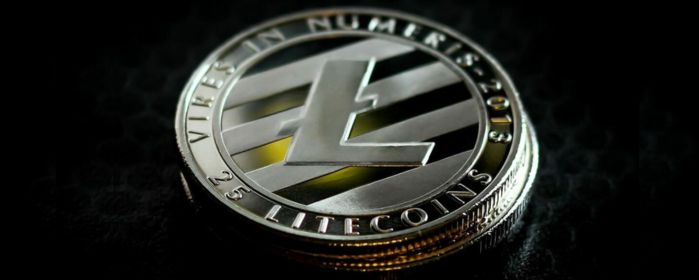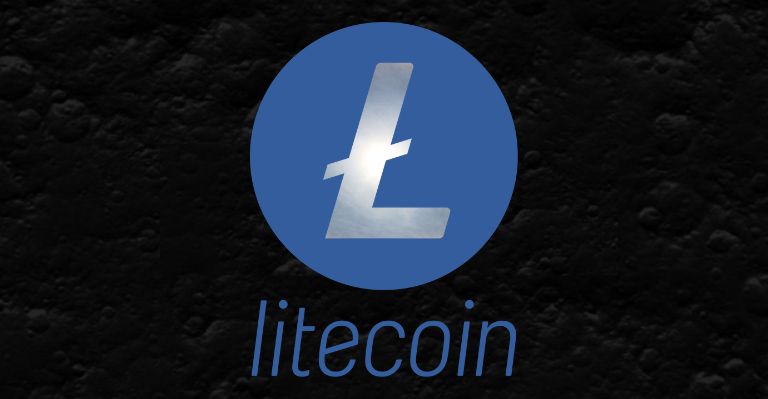What is Litecoin, and why has its value among thousands of different cryptocurrencies remained so high? Since its inception in the late 2000s, the cryptocurrency market has expanded rapidly, reaching a staggering $600 billion in market value for Bitcoin alone. Despite the emergence of thousands of other digital currencies that claim to offer different solutions, Bitcoin has remained the undisputed leader of the market.
Litecoin, a crypto that shares many features with Bitcoin but does not support smart contracts, has consistently ranked among the top 20 cryptos by market capitalization. Recently, it surpassed Polkadot and Shiba Inu, a meme coin, to become the 13th largest crypto in the market.
What is Litecoin LTC?
Litecoin is a decentralized P2P network that allows users to make global transactions with low fees and high speed.
Litecoin was launched on Oct 13, 2011, as a modified version of Bitcoin (BTC) to address three major challenges of the Bitcoin network — transaction time, network capacity, and mining power distribution.
A digital assets payment method that is optimal for both merchants and consumers is Litecoin, which offers instant transaction confirmations. The network is secured by a proof of work (PoW) consensus, like Bitcoin. But the network uses a different hashing algorithm than Bitcoin. Litecoin uses Scrypt, while Bitcoin uses SHA-256. This will be explained further.

Litecoin Halving
The Litecoin protocol has a built-in mechanism that reduces the amount of LTC that miners receive for validating blocks. This is done to limit the supply of the cryptocurrency and regulate its inflation rate.
The halving event is a key feature of Litecoin’s monetary policy, which reduces the reward for mining new blocks by half every four years. The halving has implications for Litecoin’s supply, demand, security, and price.
The Litecoin halving event means that new Litecoins are produced at a slower pace. This feature makes the cryptocurrency less prone to inflation by creating a scarcity effect. However, this also lowers the reward for miners, which may affect their income. Therefore, this event can cause shifts in the mining sector, as miners reconsider their plans and evaluate their costs and benefits.
The halving events of Litecoin, which occur every four years, have often influenced the market value and perception of digital currency. For instance, before the halving event in 2019, LTC prices increased significantly, rising from $30 to a peak of $141.82.

Properties of Litecoin
Litecoin’s main features are its fast block confirmation and its storage optimization. This section will explore how these properties work and why they matter.
Transaction Speed
One of the advantages of Litecoin over Bitcoin is its faster transaction processing. Litecoin can handle 54 transactions per second (TPS), while Bitcoin can only handle 5 TPS. This means that Litecoin transactions are confirmed more quickly and efficiently than Bitcoin transactions.
Scalability
Litecoin has a faster block generation speed than Bitcoin. It takes only two and a half minutes for Litecoin to create a new block, while Bitcoin needs ten minutes. This means that Litecoin’s network can process more transactions at the same time.
Decentralization
Litecoin’s PoW consensus mechanism relies on the Scrypt hashing algorithm, which lowers the entry barrier for miners and enables more people to join the Litecoin mining process.
This enhances the network’s decentralization, as mining power is not dominated by larger players who can afford costly equipment such as ASIC miners.

Transaction Fees
Unlike Bitcoin, which charges a high fee for each transaction, Litecoin offers a much lower-cost option. Litecoin’s fee structure is only 2% of Bitcoin’s, which means that users can save a lot of money when transferring funds. This is one of the advantages of Litecoin over Bitcoin.
Security
Litecoin uses Scrypt hashing to protect itself from hardware-based brute-force attacks that could compromise its security. This hashing function is more robust than other options and has proven its effectiveness over the past ten years. Litecoin’s history of reliability makes it a trustworthy cryptocurrency.
Privacy
Litecoin is a cryptocurrency that offers privacy features. With the MWEB (MimbleWimble Extension Block) upgrade, users can choose to make their transactions private, and only the sender and receiver can see the transaction amount.
Who Founded Litecoin LTC?
Litecoin is a cryptocurrency that was launched in October 2011 by Charlie Lee, a former Google engineer, and MIT computer science graduate. Lee wanted to create a “lighter” version of Bitcoin that would solve some of its problems, such as slow transaction speed, low scalability, and high transaction fees. Litecoin aims to offer faster transactions and higher scalability, as well as lower transaction fees, than Bitcoin.

How Does Litecoin Work?
Litecoin is similar to Bitcoin in that it uses an open-source blockchain that no single entity can control. Every Litecoin node operator keeps a copy of the entire blockchain to verify that new Litecoin transactions are consistent with the previous ones. Miners help to process new transactions by adding them to blocks that they mine.
Supply
Unlike Bitcoin, which has a fixed limit of 21 million BTC, Litecoin can produce up to 84 million LTC in total (a fourfold increase). This means that Litecoin has a higher potential supply than Bitcoin, which could affect its value and scarcity in the long run.
Conclusion
Litecoin is one of the oldest and most resilient cryptocurrencies, despite being overshadowed by Bitcoin. It has maintained its position among the top 20 cryptos, even as thousands of new ones have emerged. This shows LTC’s strength.
Litecoin has a strong technical team that is constantly working on improving and innovating the project. However, we advise you to do your own research before investing in any cryptocurrencies.

